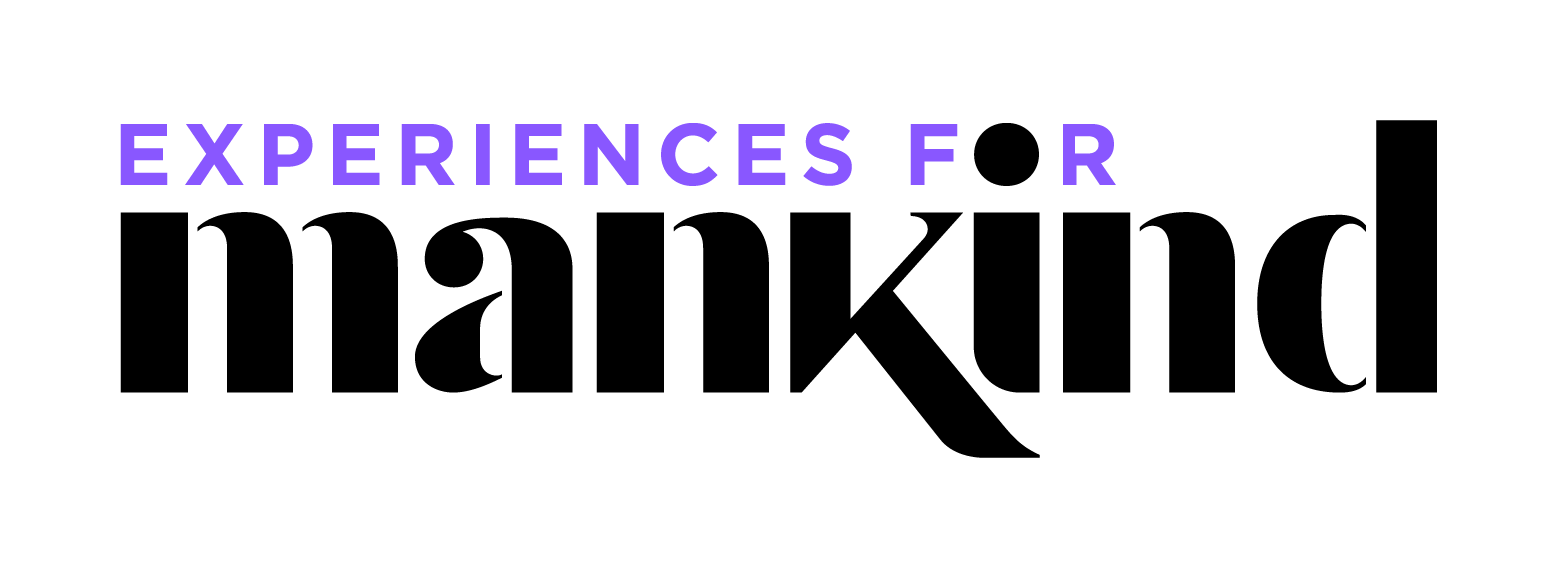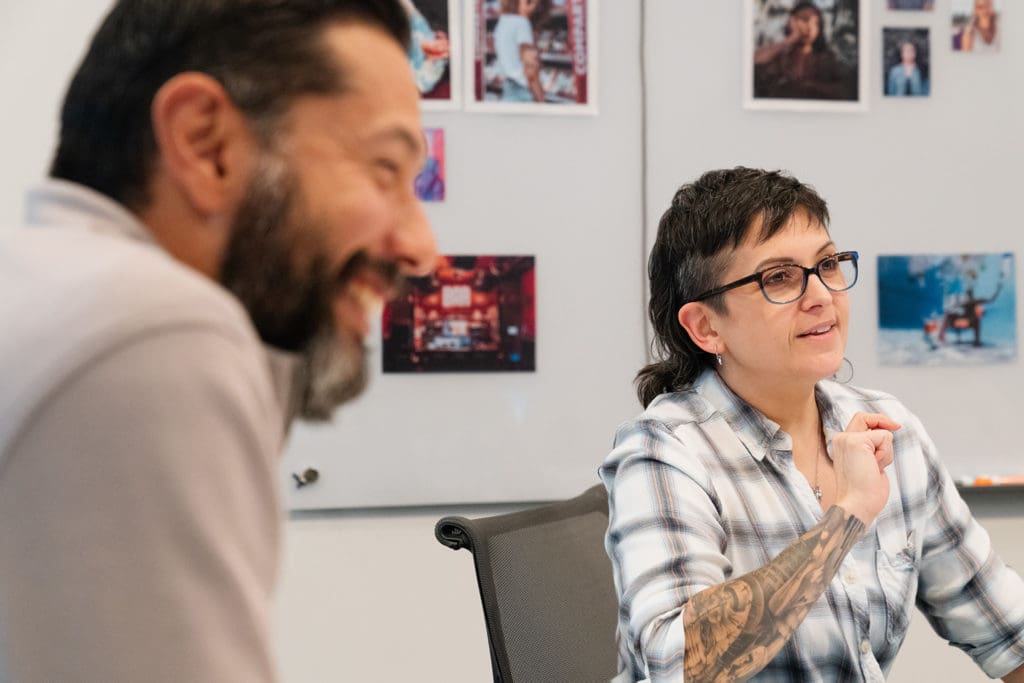In a dynamic, project-based world where creativity meets strategy, success often hinges on effective communication and collaboration between everyone involved. But how best to facilitate that? Consider the agreements. They appear at every layer of projects–planning, kickoff, revisions, delivery. By being mindful of strong agreements at every step, decision makers can be sure the desired results are met — all while mitigating risk.
The Many Faces of Agreements
Agreements can take various forms depending on the nature of the project and the parties involved. They may include formal statements of work, roadmaps, project plans, project briefs, or even detailed meeting minutes. The key is to document and communicate the expectations, responsibilities, and deliverables explicitly, leaving no room for ambiguity.
Assigning Responsibility When Navigating Multiple Contributors
In projects involving multiple contributors (think multiple agencies, internal teams, or creators), clear responsibility assignment is crucial. Agreements should outline specific roles, deliverables, and accountability for each party involved. By defining these responsibilities as early as possible, potential bottlenecks can be addressed, collaboration can be streamlined, and project progress can be effectively monitored. This should mean that every contributor understands their place in getting to success.
Building Shared Goals by Ensuring Stakeholder Alignment
A project’s success can’t happen unless all stakeholders walk away with the same goals. Agreements should encompass not only the agency and the client but also any other key stakeholders involved within the business. By aligning objectives and expectations early, everyone can work collaboratively towards a unified vision from the onset, reducing the risk of misunderstandings or conflicting priorities as the projects move forward.
The Rise of Consultation through Workshops
Several years ago, EFM realized how consultation has become a crucial aspect of our work as strategic creative partners. We recognize the high value collaborative workshops present for clients to foster open dialogue, share insights, and explore innovative ideas. These workshops enable us to align our strategies with our clients’ vision, ensuring that every decision made throughout the project is rooted in a shared understanding. The agreements made in workshops often set the stage for roadmaps lasting 6 months to a year. Beginning here (in any form of effort — large or small) allows everyone to set the agreement of all agreements — what do we want for the future?
What Was Confirmed? Establishing Clear Objectives
For any client, one of the most critical aspects is confirming the objectives. Knowing everyone is on the same page about the goals and outcomes from the very beginning, both agency and client can work together towards a common purpose. Document these in an early project request. Document them within notes as changes are made. Review new agreements before the onset of project changes. Create a reference point to ensure everyone remains on track — and accountable throughout the process.
Navigating the Creative Process by Clarifying Ideas vs. Decisions
Creativity thrives on the exploration of ideas, but it’s essential to distinguish between ideas and decisions. While ideas are meant to be fluid and open for discussion, decisions require clarity and agreement. We see this often in our work and have mitigated through a few tactics including:
- Be sure someone in the meeting is documenting the ideas being shared, so that they can be recapped later.
- At the end of every meeting, be sure there is time to ask, “What have we decided on moving forward with today?” You’d be surprised during the recap of who is in agreement to what were decisions — or not.
- If you didn’t get to it in the meeting, email a recap of the notes outlining each idea provided in the session, asking the stakeholder to confirm what they want to move forward with.
- To be clear here — you must understand when an idea becomes a decision — and if you’re not clear, then neither is the team involved.
Budget and Timeline: Making Actions Attainable
Something to always keep in mind — any agreement must address the practicality of staying within budgets and timelines. By setting realistic expectations from the outset, everyone can avoid unnecessary constraints or project delays. This means shared understanding of resource allocation and timeframes to ensure the actual feasibility of proposed strategies.
Remember, successful programs rely on robust agreements that facilitate effective communication, alignment, and accountability among all stakeholders, at every stage. Be sure to check in at any point in the project to ask:
- Does every contributor have clarity in their role?
- Do my stakeholders know the roadmap of this project?
- Do I need help at aligning my project’s agreements?
- Are our objectives clearly defined and documented for anyone to access?
- Are we being clear to when we’re ideating vs deciding?
- Are our agreements keeping within timelines and budgets planned?






